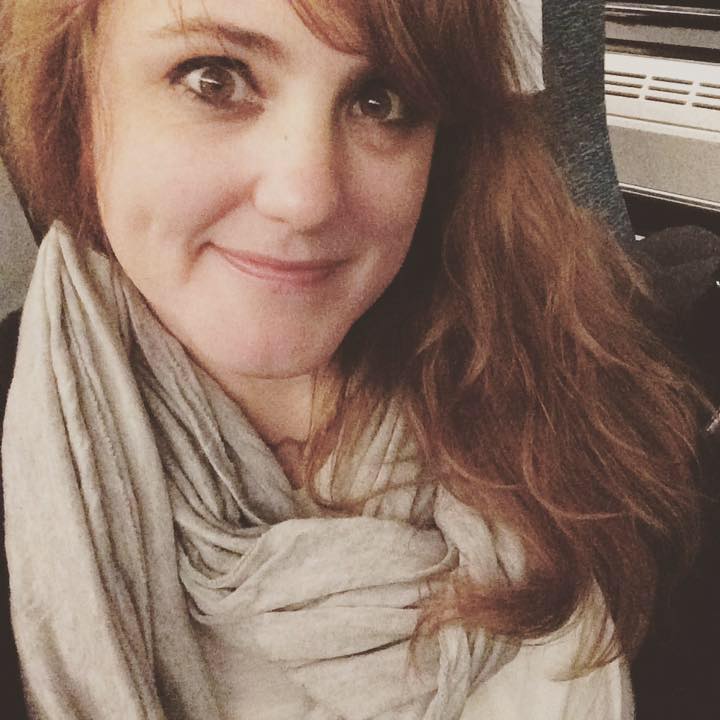All ISEE Lower Level Math Resources
Example Questions
Example Question #11 : Probability
Susie has a normal 6-sided die. What is the probability of her rolling a 2?
Probability is a proportion of the number of incidences of a specific outcome (in this case rolling a 2- which can happen only once) divided by the total number of outcomes (in this case there are 6 outcomes- Susie can roll a 1, 2, 3, 4, 5, or 6).
Example Question #12 : Probability
What is the probability of flipping a coin 3 times and landing on heads all 3 times?
The probability of flipping a coin and having it land on heads one time is 
Example Question #13 : Probability
A single die is rolled. What is the probability of rolling greater than a 4?
There are 6 possible outcomes when rolling a die. There are 2 possible outcomes that are greater than 4 (5 and 6).
Example Question #14 : Data Analysis And Probability
When rolling two fair, six-sided dice, what is the probability of getting at least one three?
Probability is a fraction between 

The sample space, or the total number of possible outcomes, for rolling two six-sided dice is 
To count up the desired outcomes consider three options:
1) the first dice has a three (
2) the second dice has a three (
3) both dice have a three (
So the total desired outcomes is 
The subtraction is necessary because the intersection is counted twice, once for the first die and once for the second die.
Therefore the probability of rolling at least one three is 
Example Question #15 : How To Find The Probability Of An Outcome
Given a deck of twenty-six alphabetical cards, what is the probability of picking a vowel and then a consonant without replacement?
Note: Y is considered a consonant.
Probability is a fraction between 

Example Question #16 : How To Find The Probability Of An Outcome
The Malt Shoppe has a special on Build Your Own Sundae. They have chocolate, vanilla, and strawberry ice cream. In addition, they have hot fudge and caramel sauces, peanuts, whipped cream, M&Ms, and chocolate chips for toppings. If repetition is possible, how many different sundaes are possible if you choose two scoops of ice cream, one sauce, and two toppings?
This is a counting problem where repetition is allowed.
Since there are three types of ice cream and you can choose two scoops, there are 
Since there are two types of sauces and you can choose one, there are 
Since there are four types of toppings and you can choose two, there are 
Putting it all together, there are 
Example Question #17 : How To Find The Probability Of An Outcome
A family has three children. What is the probability that the middle and youngest children are both girls?
Probability is a fraction between 

The sample space, or the total possible outcomes, is 
There are two ways to have girls in the middle and youngest spots:
This probability is 
Example Question #18 : How To Find The Probability Of An Outcome
When flipping a fair coin three times, what is the probability of getting EXACTLY ONE head?
Let 

Draw out the sample space:
The desired outcomes are:
Probability is a fraction between 

Therefore the probability of getting exactly one head is 
Example Question #19 : How To Find The Probability Of An Outcome
When drawing two cards from a standard deck of playing cards, what is the probability of picking a red card followed by a black card if there is no replacement?
For a standard deck of cards:
So the probability of picking red then black without replacement is given by:
Example Question #20 : How To Find The Probability Of An Outcome
When rolling two fair six-sided dice, what is the probability of getting more than eight?
More than 

There are 
The desired outcomes are:
This is a total of 
Probability is a fraction between 

Therefore the probability is 
All ISEE Lower Level Math Resources


































































